Explanation
I'm building a game in a iPhone 5s, but now I want to make it universal, so it can run in all iPhones (or at least 4s ahead) and all iPads (or at least iPad 2 ahead).
By now, I pretty much created those 3 images (1x, 2x and 3x). So there's a 50x50 square (@1x), a 100x100 square (@2x) and a 150x150 square (@3x).
This is the sample project (download here) I'm testing in:
import SpriteKit
class GameScene: SKScene {
override func didMoveToView(view: SKView) {
/* Setup your scene here */
scene!.scaleMode = SKSceneScaleMode.ResizeFill //usually at GameViewController, not GameScene
let square = SKSpriteNode(imageNamed: "square")
square.anchorPoint = CGPointZero
square.position = CGPoint(x: self.frame.width / 1.095, y: self.frame.height / 1.1875) //superior right on iPhone 5/5s
addChild(square)
}
}
and these are the images:
Testing
When I run on each device, this is happens:
- iPhone 4s - wrong position
- iPhone 5/5s - right position (it was set up here)
- iPhone 6/6s - wrong position
- iPhone 6+/6s+ - wrong position
- iPad 2 - wrong position
- iPad Air/iPad Air 2 - wrong position
- iPad Pro - wrong position
- iPad Retina - wrong position
You can see better what happens by clicking on the image below.

Question
Basically, my question is: how can I make this universal? I mean, how can I make the square be positioned at the same relative place on the devices above?
Attempts
Michael Austin's attempt (download here)
import SpriteKit
// MARK: Screen Dimensions
let screenWidth = CGFloat(1024)
let screenHeight = CGFloat(768)
// MARK: Node Sizes
let square = SKSpriteNode(imageNamed: "square")
let nodeConstantWidth = screenWidth/square.size.width * 0.088
let nodeConstantHeight = screenHeight/square.size.height * 0.158
class GameScene: SKScene {
override func didMoveToView(view: SKView) {
/* Setup your scene here */
scene!.scaleMode = SKSceneScaleMode.Fill //usually at GameViewController, not GameScene
square.xScale = nodeConstantWidth
square.yScale = nodeConstantHeight
square.anchorPoint = CGPointZero
square.position = CGPoint(x: screenWidth / 1.5, y: screenHeight / 1.5)
addChild(square)
}
}
Timmy Sorensen's attempt (download here)
import SpriteKit
class GameScene: SKScene {
override func didMoveToView(view: SKView) {
/* Setup your scene here */
scene!.scaleMode = SKSceneScaleMode.ResizeFill //usually at GameViewController, not GameScene
let square = SKSpriteNode(imageNamed: "square")
square.anchorPoint = CGPointZero
square.position = CGPoint(x: self.frame.width / 1.095, y: self.frame.height / 1.1875) //superior right on iPhone 5/5s
addChild(square)
}
}
the square isn't positioning at the same place on every device, only on the device where position was set up. I made a little comparison below.



